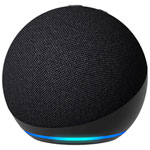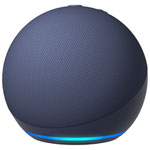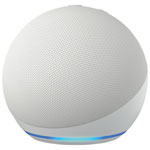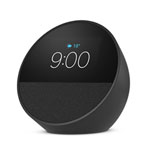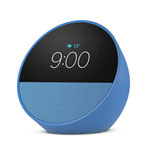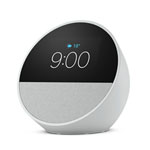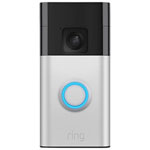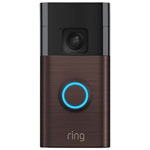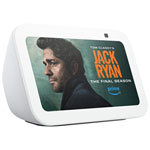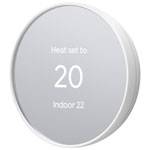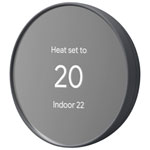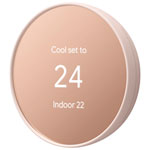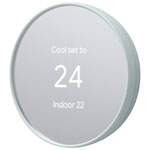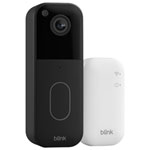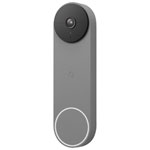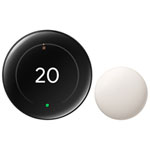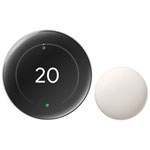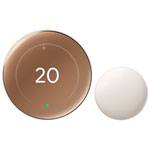Smart Home

Shop the newest smart home products.
From smart lighting to smart security we have the smart tech you need to live better.
Solutions for a smarter home
Our Holiday Price Guarantees
Shop deals early knowing that the price of any product with a "Boxing Day Price Now" or "Lowest Price of Dec." badge won't go any lower. If it does, we'll refund the difference. Guaranteed.
The Future of Smart Homes: Technology, Trends, and Home Automation
Smart home and home automation is becoming more and more commonplace, offering benefits like convenience, safety, and energy and money savings.
What is home automation?
Home automation consists of technology and software for controlling different devices, from appliances to lighting, security cameras, and entertainment tech, from a mobile device, computer, keypad, or even by voice. Since most home automation uses Wi-Fi, you can control devices not only from a different room of the home but also remotely while at the office or even from another country.
Home automation works by hardware all connecting to the same communication network. Then, an electronic interface, typically an app on a smartphone or other mobile device, is used to control it. Instead of flicking a switch to turn lights on or off or pressing a power button, you can press a button on your phone or give a verbal command to a smart speaker that’s part of the network to trigger the response.
Home automation devices rely on powerful Wi-Fi, and many can be easily set up by the homeowner in just a few steps.
Smart home products and devices
Start small with a smart speaker or smart display as the hub of the home to control everything through its singular app, like an Amazon Echo or Google Nest speaker. These also work with voice assistants like Amazon’s Alexa and Google Assistant.
Some of the most popular smart home devices include smart lighting (both bulbs and strips), smart locks and doorbells, smart security cameras, smart thermostats, smart switches, and smart motion sensors, as well as smart TVs, audio equipment, and appliances. There are even smart plugs that go into a standard wall outlet to which you can then connect non-smart devices, like a coffee machine or table fan, and control them remotely from an app or voice command.
With multiple smart devices, set “scenes” and “routines” where a single button press or voice command triggers multiple devices at once. For example, a “Good Night” scene might turn off all the lights, power up the security camera, and drop the thermostat by a few degrees. A “Party” scene might queue up the music from your whole-home smart speakers, preheat the smart oven, dim the lights, and turn on the smart doorbell.
Emerging technologies in smart homes and home automation
Up until now, smart home technology has relied mainly on traditional Wi-Fi, closed “mesh” networks, and/or Bluetooth. Control, meanwhile, relies on a handful of different platforms, like Amazon Alexa, Google Assistant, and Apple HomeKit. But emerging technologies are helping simplify the smart home experience and, most importantly, allow for greater interoperability among products from different brands.
Matter - the new smart home standard, for example, is a new open-source protocol that promises to make it easy for products from various brands and smart ecosystems to work seamlessly with one another. Already, the top smart home brands like Amazon, Apple, and Google, have signed on to participate. Even though many third-party devices already support multiple platforms, Matter will make this simpler and ensure everything works together, no matter which brands you want to use.
Meanwhile, artificial intelligence (AI) technology embedded in some of the latest smart home products can intelligently adapt to your habits and usage patterns, in turn helping you save energy. An example is AI automatically adjusting the thermostat or turning off the lights when you aren’t home. 5G connectivity opens the door to more expansive connectivity with blazing fast speeds that extend beyond the home into the car, or even a long backyard where Wi-Fi coverage doesn’t typically reach reliably to the end. Advanced voice control through technology like AI chatbots, can understand conversational speech versus specific commands, making home automation an even more seamless and natural experience.
With the Internet of Things (IoT) offering interoperability among more and more smart devices, we can automate so much more than ever before; from appliances to even home robot assistants.
Benefits of smart homes and home automation
There’s no denying the “cool factor” of having a smart home, but there are many more benefits to home automation.
It’s ultra-convenient: you can control many gadgets in the home from the bed, couch, or even at the office or while traveling. This leads to enhanced security: imagine tapping into your security camera from the airport to check in on the house, or setting lights on a schedule to make it look like someone is home. Smart sensors like smoke detectors, motion sensors, and water leak sensors, can alert you to potential trouble so you can act immediately to prevent costly loss or damage.
There’s also the benefit of energy efficiency: if you forget to turn the lights off before leaving for the day, you can do so remotely from your phone. You can manually control a thermostat, set it on a schedule, or have an AI-powered one intelligently adjust based on your habits and when you’re usually home. This can save you money in the long run, not to mention it's better for the environment by helping you reduce your overall electricity usage.



